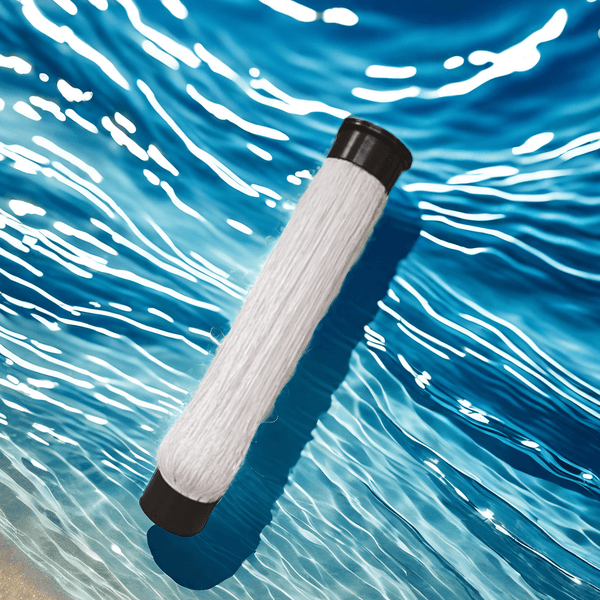Key points for controlling factors affecting MBR
The key factors affecting the MBR system include the following aspects:
1. Membrane pollution control:
Perform physical and chemical cleaning regularly
Optimize aeration intensity to ensure good flushing of the membrane surface
Control sludge properties and improve filtration performance
2. Water quality factor management:
Control the influent water quality, especially COD, BOD5, SS and ammonia nitrogen indicators
Maintain appropriate activated sludge concentration in the bioreactor
3. Operation parameter optimization:
Adjust the membrane flux, usually controlled at 15-25 L/(h·m²)
Optimize the aeration volume, which is the key factor affecting membrane filtration performance
Reasonably set the suction time and stop time

4. Bioreactor management:
Maintain appropriate sludge age
Control dissolved oxygen concentration in the bioreactor
Ensure adequate nitrification and denitrification process
5. Membrane component maintenance:
Regularly check the integrity of the membrane component
Replace damaged membrane components in time
Ensure that the membrane component is installed correctly to avoid leaks
6. Pretreatment system optimization:
Ensure effective pretreatment, such as sand settling and fine screens, to reduce the risk of membrane fouling
7. System monitoring and automation:
Real-time monitoring of key parameters such as membrane pressure difference, water production and water quality indicators
Implement automated control strategies to respond to system changes timely
8. Regular maintenance and cleaning:
Develop and implement a regular maintenance plan
Adjust the cleaning frequency and method according to actual operating conditions
9. Dealing with abnormal situations:
Develop emergency plans to promptly handle system failures or abnormal situations
Regularly train operators to improve fault diagnosis and handling capabilities
Through the effective control and management of these key factors, the stable operation of the MBR system can be ensured, the treatment efficiency can be improved, the service life of the membrane components can be extended, and the operating costs can be reduced.
